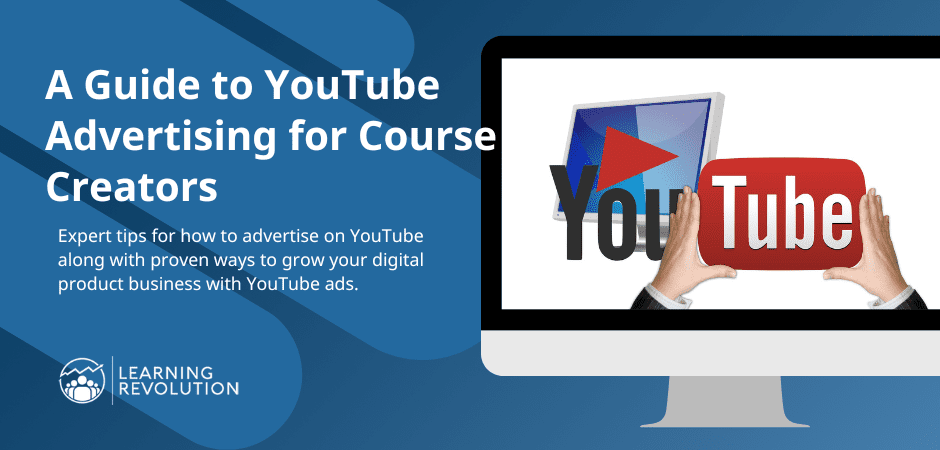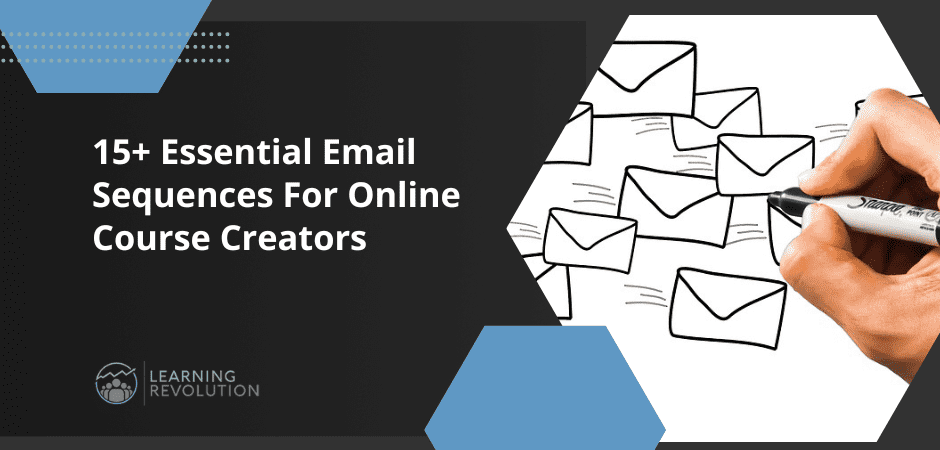

If you are an edupreneur (or an entrepreneur of any sort, for that matter) building an engaged list of e-mail subscribers is essential.
The big upside of a high quality list it that you have a direct line into the inbox of people who have asked to hear from you. There’s nothing that beats that when you have a new course to offer. (See also this post about how to build an audience.)
A potential downside, though, is that every e-mail list inevitably gets plenty of unsubscribes. Those unsubscribes can feel like a daily dose of rejection when you are trying your best to maintain your motivation and create a sustainable business. It can be hard not to take them personally or see them as a sign of failure.
It has taken me a long time to move past a negative view of unsubscribes and actually learn to appreciate – and yes, even love – them. Here are my reasons:
First, most unsubscribes mean you are losing people who don’t really value what you have to say. This is not the same thing as saying that what you offer isn’t valuable. It just means it isn’t valuable to that particular person at this time – and that’s a big difference.
I find that most that most of my unsubscribes, for example, come from dabblers – there are a lot of those in the course business – or people who think courses are a path to getting rich quickly. These aren’t bad people. My stuff – which tends to focus on “doing the work” – just isn’t a fit for them. As a result, I can’t say I am sad to lose them as subscribers. More importantly, it makes my list much stronger and more effective for these people to leave.
Second, while it is important to keep the first point above in mind, unsubscribes do represent a valuable opportunity to learn about your audience. Over time, you get a clear sense of which types of e-mails work, and which don’t. Partly this comes from watching your open and click rates, but it also from the comments you get from readers who reply to your e-mails. (I do, by the way, advocate always encouraging people to reply to you.)
Are the people who engage with you representative of the types of people you really aim to serve?
If so, great, you are on the right track with your content. Keep doing more in the same vein.
If not, this is a signal that you need to adjust your communication out to the market and perhaps offer a different incentive for joining your list.
And, of course, if you are not getting many open, clicks, or replies, then you probably do need to take a serious look at the level of value you are delivering. (There are no magic numbers on open rates, and click rates will depend on the specific e-mail content. That said, I think quality e-mails should be able to get open rates of at least 20 percent in most markets.)
Your aim in the end is to know that when you send out an e-mail, things are going to happen.
In some cases that means you may sell something. In most cases, it means you simply get to engage with your audience, provide some value, and get feedback.
That may mean clicks.
It may mean replies.
And, of course, it may mean unsubscribes.
Just remember those unsubscribes are, in fact, valuable – and learn to love them.
JTC


